State DefinitionIntroductionInternational relations and political science both revolve around the idea of a state. The state is a complicated and diverse idea that has been described in various ways over time by multiple academics and intellectuals. This article will examine the state's numerous definitions, main characteristics, and purposes. Definition of the State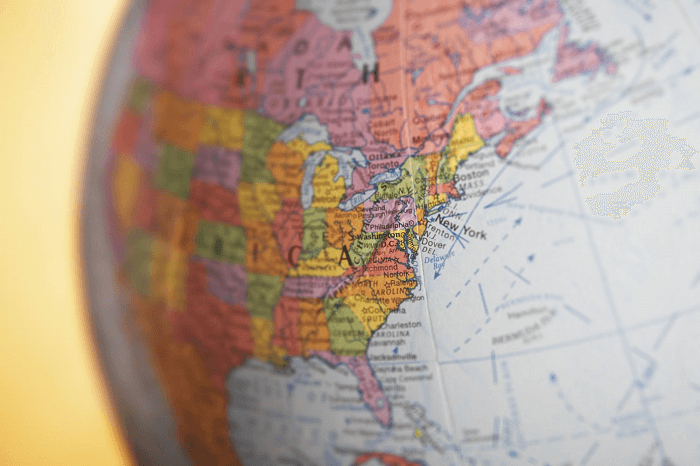
A political organization that exercises sovereignty over a specific territory and its citizens is known as the state. It is a complicated and comprehensive idea that academics and intellectuals have described in various ways. The following are some of the state's important definitions: 1. The State, as Defined by Max Weber German sociologist Max Weber defined the state as an organization with exclusive rights to apply force within a specific geographic area legally. This concept strongly emphasizes the necessity of the state's use of force to uphold law and order inside its borders. 2. The State, as Defined by Thomas Hobbes An English philosopher, Thomas Hobbes, saw the state as a Leviathan, a strong force required to uphold law and order and avert the natural condition in which existence is "solitary, poor, ugly, brutish, and short." This version focuses on the state's responsibility for preserving order and averting chaos. 3. The State, as Defined by Charles Tilly According to Charles Tilly, the state is An American sociologist named Charles Tilly described the state as an organization that uses resources from its inhabitants to produce public goods and services. This term emphasizes the provision of public goods and services to its citizens. 4. The State, as Defined by Antonio Gramsci Italian Marxist philosopher Antonio Gramsci described the state as a body that "exercises hegemony," or cultural and ideological dominance, over its people. This term strongly emphasizes how the government shapes societal culture and ideas. Characteristics of a StateThe state is unique from other political organizations due to several important characteristics. The state has exclusive control over a specific region and its residents, which indicates that it has the ultimate power to enact and enforce laws within its boundaries. The following are some of the state's salient characteristics: 1. Authority The people of the state believe that the government is legitimate. This indicates that people respect the government's ability to enact and enforce laws, and they do so in most cases. 2. Territoriality The state has a designated area over which it has jurisdiction, which indicates that its authority is limited to its territorial limits. The state has a bureaucratic structure that is in charge of putting laws into effect and enforcing them. This bureaucracy frequently follows a hierarchical structure and is highly specialized, with various departments handling various tasks. 3. Taxation The state can impose fees on its residents to fund operations and provide public goods and services. State's FunctionsThe state performs several crucial tasks necessary for its survival and operation. The following are just a few of the state's essential duties: 1. Public Goods and Services The state delivers infrastructure, education, and healthcare that benefit society. 2. Upholding Law and Order The state is in charge of upholding law and order within its boundaries, which includes enforcing legal obligations and punishing offenders. 3. Regulating Economy The state is in charge of regulating the economy to ensure it functions in the interests of society. This includes regulating industries, establishing minimum wage requirements, and offering social welfare initiatives. 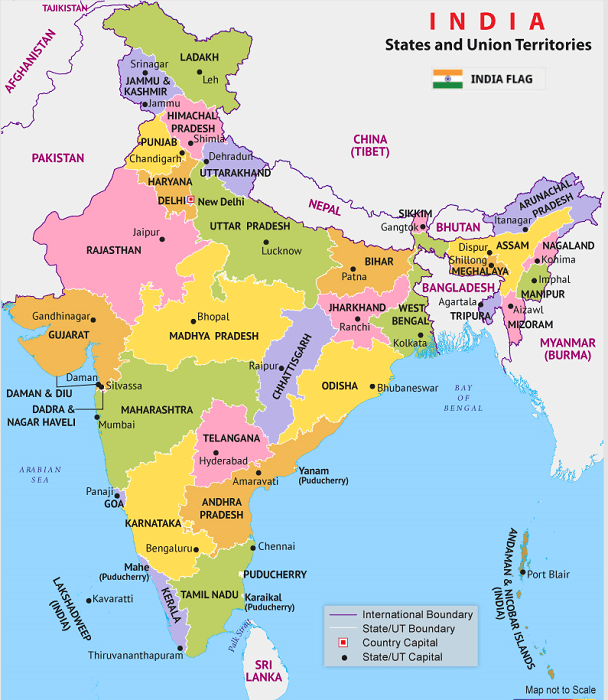
4. Conducting Foreign Policy Lastly, the state is in charge of carrying out international relations and diplomacy, which includes negotiating treaties and trade agreements, advancing friendly relations with other nations, and standing in as the nation's representative abroad. Depending on the demands and goals of a particular community, the state can perform a wide range of tasks. Depending on the political, economic, and social setting, contemporary views of the state can vary. Still, they almost always include the notion that the state plays a crucial role in promoting the welfare of its residents and ensuring the common good. While some viewpoints emphasize the need for social fairness and limited government, others value group effort and individual liberty more. There is also constant discussion about the proper degree of government involvement in economic matters and how much local interests should take precedence over duties to other countries. Etymology of StateThe Latin word "status," which means "situation" or "position," is where the word "state" originates. The word "status" was employed in classical Rome to describe a person's legal and societal standing. The French word "état," which also meant "state" or "condition," was the source of the word "state," which gradually made its way into English in the 16th century. The word "state" was first used to describe a thing's status or quality, such as the "state of the weather" or "state of one's health." However, by the 17th century, the word "state" had come to denote a political entity with authority over a certain region and its inhabitants, taking on its contemporary political definition. The terms "status," "statute," and "static," all of which share the same root, are closely related to the word "state." These terms convey a sense of steadiness, permanence, and order, all the characteristics linked to the contemporary conception of the state. Types of StatesThere are numerous types of states, each with a unique set of traits and governing frameworks. The following are some of the most typical sorts of states: 1. Democratic States Democratic states are those where the populace has the right to freely and fairly elect their representatives and participate in the political process. 2. Monarchical States States ruled by a monarch, typically a king or queen, are known as monarchical states. The king may have the sole authority or exercise joint authority with various governing entities. 3. Theocracies Theocracies are those where religious leaders have undisputed control, and supreme authority and laws are derived from religious doctrine. 4. Federal States States classified as federal have a central government separated into smaller regional or state governments. Each level of government has specific duties and capabilities that are unique to it. 5. Unitary States States classified as unitary states are those in which a single central government is in charge of all affairs. There may be local or regional governments, but they are under the control of the national government. 6. Socialist States States classified as socialists are those in which the government owns and controls the means of production and distribution intending to promote economic and social equality. 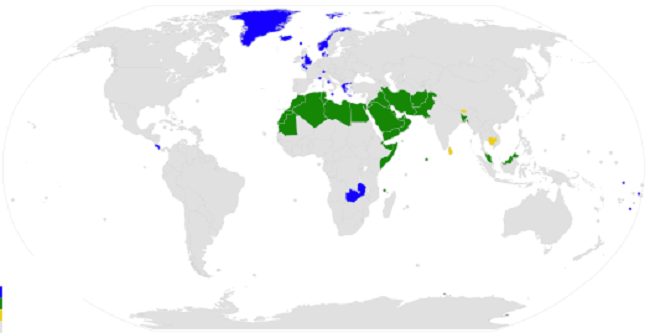
7. Communist States Communist States are nations where the government jointly owns and controls all resources to establish a classless society. It's important to note that these classifications are not always mutually exclusive and that many states can display traits from multiple types. Other further subtypes of states can be differentiated according to various aspects like size, population, kind of government, and degree of economic development. State and GovernmentDespite their differences, "state" and "government" are sometimes used synonymously. The state is a political organization controlling a certain region and its inhabitants. The state is in charge of upholding the rule of law, offering public services, and defending the rights and interests of its people. In addition to a government, the state may also consist of the judicial system, legislative body, and armed forces. On the other hand, the group of people who control the state is known as the government. The government is in charge of enacting and upholding laws, running the country's economy, and representing the nation internationally. The president or prime minister, members of parliament, and other government officials are examples of people who are typically elected or appointed to their positions in the government. In summary, the government is a state division with political authority and runs the state. In contrast, the state is a bigger organization with several institutions and agencies. Nation-states and StatesA state is a political entity controlling a certain region and its inhabitants. On the other hand, a nation-state is one where everyone speaks the same language and has a similar culture and history. A nation-state is, in other words, a place where political and cultural boundaries meet. Since many states have populations from different linguistic and cultural backgrounds, not all are nation-states. As an illustration, the United States is a state but not a nation-state because its citizens come from many linguistic, cultural, and racial backgrounds. China is a nation-state similarly because most citizens share a common language, culture, and history. In the 19th century, nationalist organizations in Europe sought to establish autonomous governments based on shared cultural, linguistic, and historical identities. As a result, the idea of the nation-state arose. Although nation-states make up the majority of countries in the world today, several states with diverse populations still need to follow this model. State and Civil SocietyThe intricate interaction between the state and civil society has generated a lot of discussion and study. Civil society generally refers to the social activity that occurs apart from the state and the marketplace. This comprises labor unions, community organizations, religious institutions, non-governmental organizations (NGOs), and other voluntary associations. On the other hand, the political structure controlling a certain territory and its population is called the state. This includes the judicial system, elected officials, and governmental entities. The relationship between the state and civil society can take many shapes depending on factors such as the political backdrop, the structure of civil society groups, and the extent of governmental control over civil society. The state and civil society can interact in a variety of ways, including the following: 1. Adversarial Civil society organizations may sometimes be at odds with the government, promoting alternative viewpoints or moral principles. As each party tries to further its goal, this may cause friction or tension between civil society organizations and the government. 2. Collaborative Civil society organizations may cooperate with the government in other circumstances to accomplish common objectives. This could involve working together on projects to solve social issues or advance economic growth. 3. Co-opting The state may attempt to co-opt civil society organizations in specific circumstances by providing them with funding or a seat at the policy-making table. For civil society organizations, this may result in a loss of independence and jeopardize their ability to fight for the interests of their constituents. Last but not least, there are instances where the state may exclude or repress civil society organizations. This can happen in authoritarian regimes where the rulers aim to curtail the impact of free-standing civil society organizations and uphold strict social control. Prehistoric Stateless SocietiesHuman communities that existed before the formation of formal governments or before the advent of centralized political authorities with a monopoly on the use of force are referred to as prehistoric stateless societies. These cultures were characterized by a highly egalitarian and decentralized social structure, frequently based on kinship and other social ties rather than formal state institutions. Across the world, numerous prehistoric stateless societies differed substantially in terms of their social structure, means of subsistence, and cultural practices. Yet, a number of these communities shared certain universal traits, such as: 1. Egalitarianism Many prehistoric stateless civilizations had little social hierarchies or distinctions based on possession of wealth, power, or position. Extended families, clans, or tribes were the main social and political organizing units in many prehistoric societies, where social structure was founded on familial relationships. Hunting and gathering, fishing, agriculture, and pastoralism were only a few of the livelihood methods used by prehistoric stateless societies. 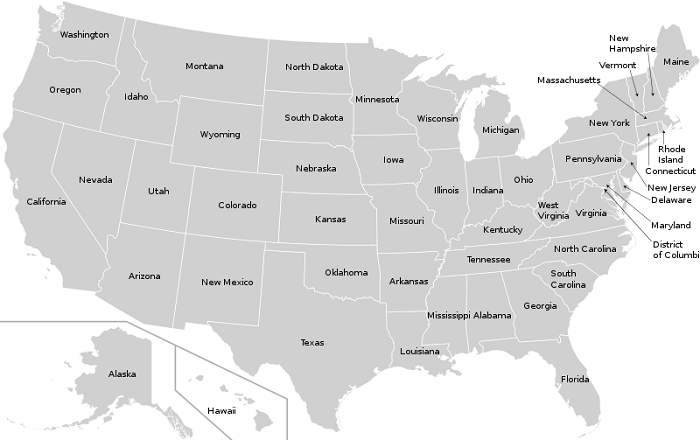
2. Minimal Territorial Control Prehistoric stateless societies sometimes had little or no control over the areas they inhabited, and borders were frequently movable and open to alteration. 3. Informal Conflict Resolution As there were no formal state structures to uphold the law and settle conflicts, prehistoric stateless cultures frequently used informal conflict resolution techniques, including social pressure, mediation, and negotiation. The San people of southern Africa, the Inuit of North America, the Aka of central Africa, and the Hadza of Tanzania are a few examples of prehistoric stateless societies. Many stateless communities exist today, including those of the Nenets in Siberia and the Piaroa in Venezuela. State FailureState failure refers to a condition in which a government cannot carry out its fundamental duties efficiently, leading to the loss of political control over a region, the dissolution of social order, the erosion of public services, and the erosion of the rule of law. Political turmoil, economic decline, social unrest, and external forces like war or natural disasters are only a few causes of state failure. 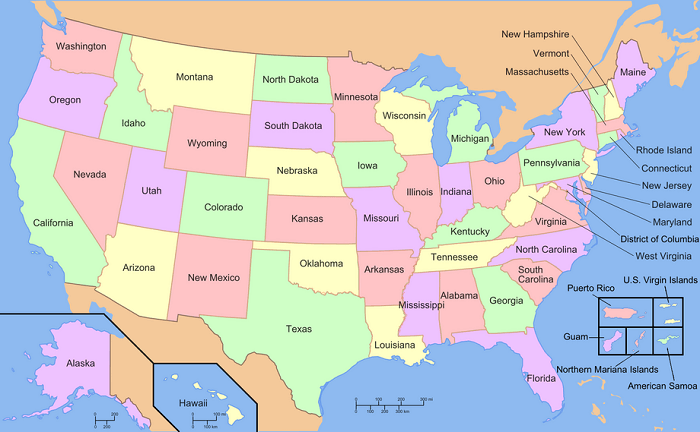
Civil war, humanitarian crises, mass migration, and the emergence of violent non-state actors are a few serious effects of state failure. State collapse can occasionally result in a power vacuum exploited by criminal gangs, militias, or terrorist organizations, which fuels more unrest and violence. Many typical signs of state failure include: 1. Political Instability Governmental coups, frequent administration changes, and political violence are frequently signs of a failing state. 2. Economic collapse High unemployment, inflation, and debt are frequent indicators of a crumbling economy. 3. The Weak Rule of Law Institutions in a failing state may be weak or corrupt, leading to the legal system's collapse, widespread human rights violations, and escalating crime. High levels of societal tension, such as ethnic or religious conflict, protests, and rallies, may be present in a failing state. 4. The Disintegration of Public Services As a state fails, public services like healthcare, education, and infrastructure frequently collapse, lowering living conditions and escalating social unrest. A combination of political, economic, and social actions may be necessary to address state failure, which can be challenging and complicated. This could involve initiatives to enhance governance and fortify institutions, encourage economic growth and job creation, settle disputes peacefully, and offer humanitarian aid to impacted populations.
Next TopicUnit Definition
|
 For Videos Join Our Youtube Channel: Join Now
For Videos Join Our Youtube Channel: Join Now
Feedback
- Send your Feedback to [email protected]
Help Others, Please Share










